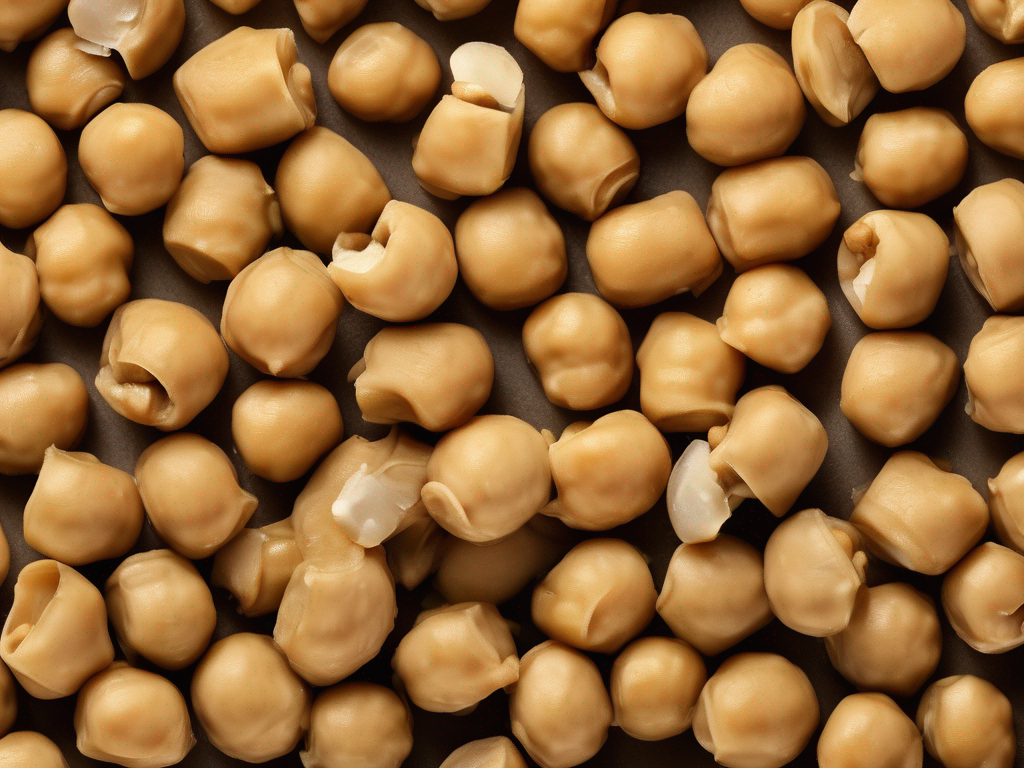
Signs that Chickpeas Have Gone Bad and Should be Thrown Out
Signs that Chickpeas Have Gone Bad and Should be Thrown Out
Chickpeas, also known as garbanzo beans, are a versatile and nutritious legume that can be used in a variety of dishes. However, like any food product, chickpeas can go bad if not stored properly or if they are past their prime. In this blog post, we will explore the signs that chickpeas have gone bad and should be thrown out. (Chickpea)
How to Store Chickpeas Properly
Before we delve into the signs of spoiled chickpeas, it's essential to understand how to store them correctly to prolong their shelf life. Here are some tips for storing chickpeas:
- Dry Chickpeas: Store dried chickpeas in an airtight container in a cool, dry place away from sunlight.
- Canned Chickpeas: Once opened, transfer canned chickpeas to a sealed container and refrigerate. Use them within a few days.
- Cooked Chickpeas: Store cooked chickpeas in an airtight container in the refrigerator for up to 3-4 days.
Now that we've covered the storage basics, let's explore the signs that indicate chickpeas have gone bad.
Signs that Chickpeas Have Spoiled
1. Mold or Discoloration
- Mold growth or discoloration on chickpeas is a clear sign of spoilage.
- Check for any green, black, or white spots on the chickpeas, as these indicate mold growth.
2. Unpleasant Odor
- Spoiled chickpeas may emit a foul or sour odor.
- If the chickpeas smell off or rancid, it's best to discard them.
3. Texture Changes
- Chickpeas that have gone bad may become mushy or slimy.
- Check the texture of the chickpeas—if they feel slimy or overly soft, they are no longer safe to eat.
4. Off Taste
- Spoiled chickpeas may have a bitter or off taste.
- If the chickpeas taste different from what you'd expect, it's a sign that they have spoiled.
5. Gas Production
- If chickpeas produce excessive gas or bloating after consumption, it could be a sign of spoilage.
- Gas production can indicate the presence of harmful bacteria in the chickpeas.
Safety Tips for Handling Chickpeas
To ensure food safety when handling chickpeas, follow these practical tips:
- Always check the expiration date on packaged chickpeas before use.
- Rinse canned chickpeas thoroughly before consuming to remove excess salt or preservatives.
- When cooking chickpeas, ensure they are cooked thoroughly to kill any harmful bacteria.
- Store leftovers promptly in the refrigerator and consume them within a few days.
Conclusion
In conclusion, it's crucial to be mindful of the signs that chickpeas have gone bad to avoid the risk of foodborne illness. By following proper storage guidelines, regularly inspecting chickpeas for spoilage indicators, and practicing safe food handling, you can enjoy this nutritious legume safely. Remember, when in doubt, it's always best to err on the side of caution and discard any chickpeas that show signs of spoilage.
For more information on chickpea recipes and nutritional benefits, check out our chickpea guide. Stay informed, stay safe, and enjoy your chickpeas responsibly! (Chickpea)
Authoritative Food Safety References
These agencies and university labs inform every tip and health precaution we publish.
USDA FoodKeeper – Cold Storage Guidelines
Official refrigerator, freezer, and pantry timelines maintained by the U.S. Department of Agriculture.
Visit USDA FoodKeeperFDA Produce Safety Rule & Grower Guidance
Field-to-fridge handling practices that prevent contamination of fruits, vegetables, and leafy greens.
Visit FDA Produce SafetyCDC Foodborne Illness Prevention Hub
Surveillance-backed guidance on pathogens, symptoms, and steps to reduce foodborne illness risk.
Visit CDC Food SafetyUC Davis Postharvest Technology Center
University research detailing optimal storage atmospheres for produce after harvest.
Visit UC Davis PostharvestPenn State Extension – Home Food Preservation & Safety
Peer-reviewed extension bulletins on safe canning, chilling, and reheating practices.
Visit Penn State ExtensionScan your food directly and get instant safety info using our AI-powered camera feature.